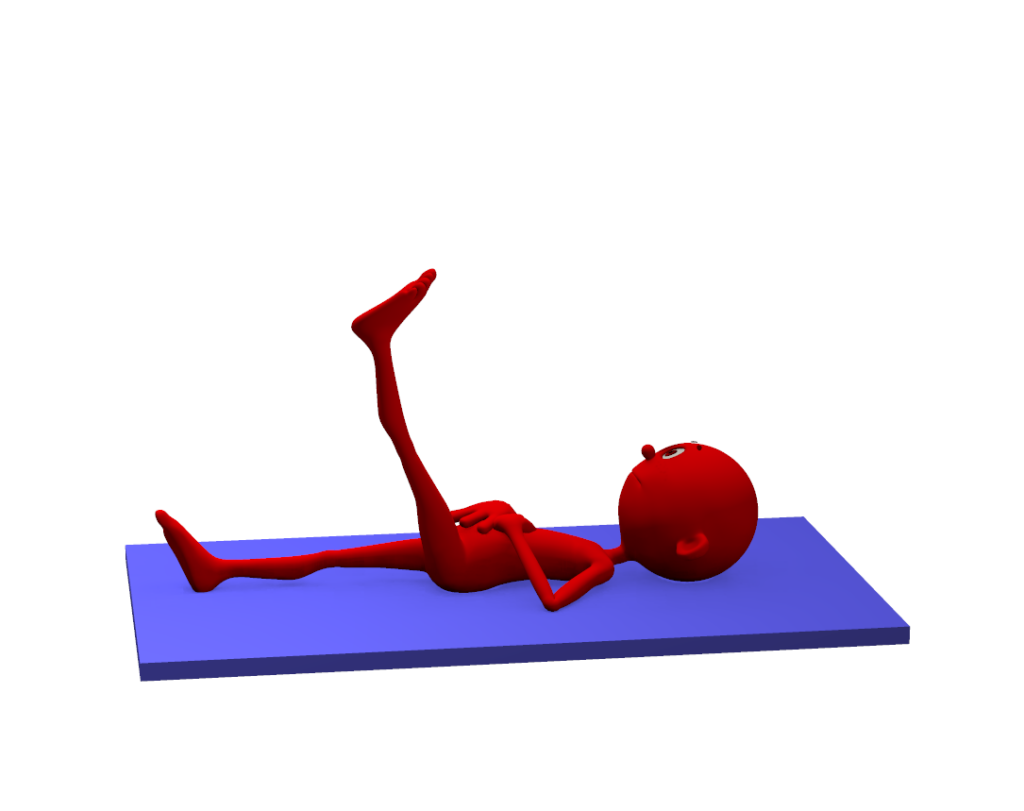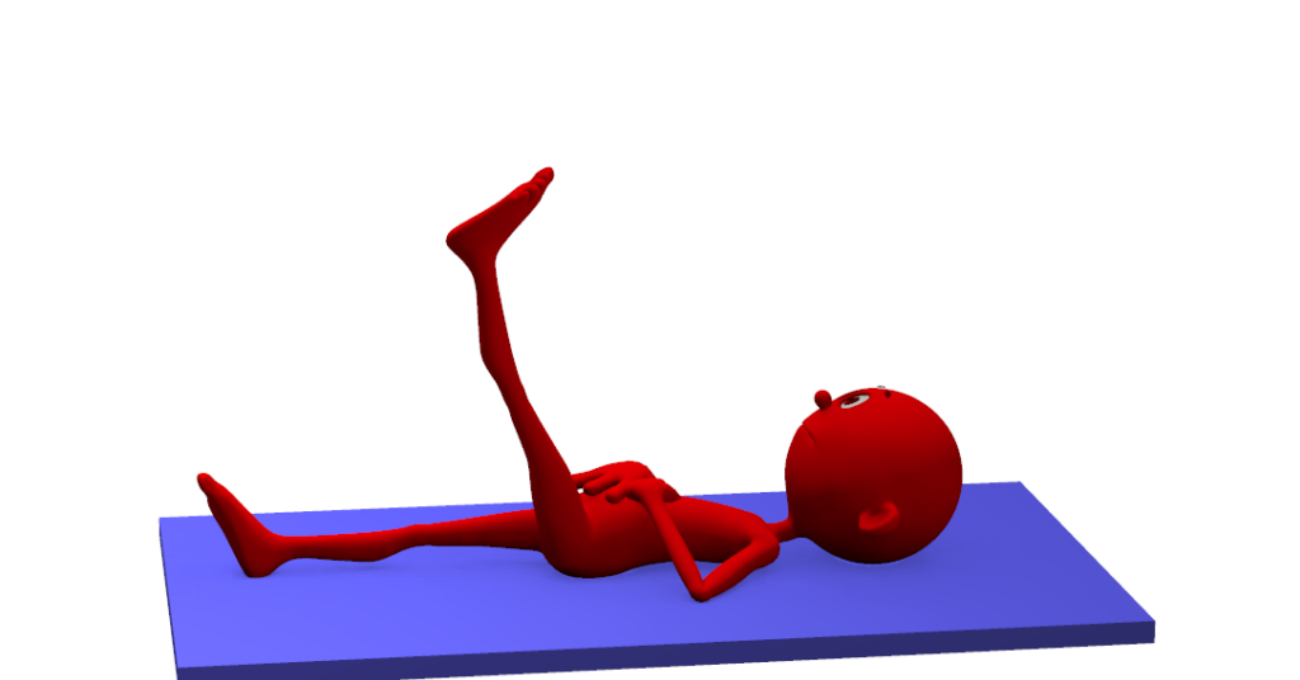Functional? Movement? Screen?
Measuring what for what?
I’ve just been working on a chapter from our book (longest title ever – Understanding Strength and Conditioning as Sport Coaching: Bridging the Biophysical, Pedagogical and Sociocultural Foundations of Practice) and I touched on Functional Movement Screens. In my research I came across an old post titled “I HATE the Functional Movement Screen”, and I thought, ‘Hmmm, that seems a bit harsh!’. Certainly the commercial marketing of the screen, along with so little research support for the selected tests, has led to some controversy regarding its utility and effectiveness. I certainly have a few questions about the Screen, but I don’t know that I should be hating it.
The Functional Movement Screen or FMS as it is known consists of seven tests or movement challenges that a tester rates from 0 to 3, to generate a composite score out of a possible 21. A score of 14 is supposed to be the threshold for injury risk. The developer of the FMS states that …An athlete who is unable to perform a movement correctly, shows a major limitation within one of the movement patterns, or demonstrates an obvious difference between the function of the left and right side of the body has uncovered a significant piece of information that may be the key to reducing the risk of chronic injuries, improving overall sport performance, and developing a training or rehabilitation program that helps the athlete advance to a higher level of competition… (Cook, 2003).

Now at face value, Cook’s statement is a bit of a stretch for me (and I know the author has subsequently recanted/clarified some of those claims, but…). Well, for a start I would question the descriptors – Functional – Movement – and Screen. Functional for what? Six of the seven tests are pretty much exclusively in the sagittal plane! Surely functional movements would need to include lateral (frontal plane) and rotary (transverse plane) movements in combinations with the saggital plane.
As to Movement, well there isn’t a lot in the test. In fact, the tests are really only small amplitude pre-planned movements from one posture to another. Human movements are not only multi-planar, but they also involve producing forces, absorbing forces, sensing forces and controlling forces.
And Screen – well a screen by definition has to have good specificity and sensitivity in order for us to confidently decide who has a problem and who does not; who is safe and who needs intervention. A test’s specificity refers to the ability to accurately identify those at risk without falsely identifying those not at risk. Sensitivity is the ability to correctly clear those who are safe without letting through those who should have been screened out. I’m not convinced that FMS has acceptable sensitivity or specificity. And I’m not the only one. Rowan et al (2015) used the FMS with athletes entering the NHL scouting combine, finding that the player’s FMS scores, identified asymmetries, and the number of FMS errors did not correspond with any medical, physical, and physiological fitness test results. Similarly, Bushman et al (2015) found that although FMS scores of military personnel were associated with a higher risk of injuries, the test had low sensitivity, low predictive value and misclassified injury risk. So for me, it is a miss, miss, miss on the functional movement screen claim.
I often bang on about the need for ways for us to identify the risk of injury. Injury (or fear of injury) is the main reason that most people drop out of exercise initiatives. Too many athletic conditioning endeavours are derailed by injury. So injury prevention is a real problem that we face daily in our fitness and exercise domain. Given that, I probably should be embracing FMS! The thing is that I think what FMS can offer has been oversold, and as a screen, it overpromises and underdelivers. Sure it has good demonstrated reliability, but I’m a little skeptical of the scoring system. If we take out 3 which is a perfect score (and one would think pretty obvious), and zero when pain is present (again pretty obvious), then raters are really only deciding whether the person can’t do it (score 1) or can do it with some compensation (score 2). With that sort of scoring I’d expect good reliability or repeatability of scores – the scoring system seems to offer inherent reliability.
The final question for me is can individuals improve their functional movement and can the FMS detect small but important improvements in movement ability? Kiesel et al (2009) conducted an off-season training intervention with American football players and found that FMS scores could be improved. How meaningful these changes were and whether learning played a part, was not evaluated.
In summary, I’m thinking that the FMS is a neat idea that might help exercise professionals to think about movement ability and the risk of injury. As a screen, I don’t buy it – I think it is finding problems that don’t exist and missing ones that do. I’m not going to hate it, but I’m not going to spend money learning how to do what a good exercise professional should be able to do anyway. Also, that ends up being a lot of time devoted to screening individuals, so I want better returns for that sort of time investment.
Maybe further research will prove me wrong, or maybe we will just have moved on to the next thing before we get to find out how good it really is. What’s your experience? What would a 10th person think?
Best, Phil
